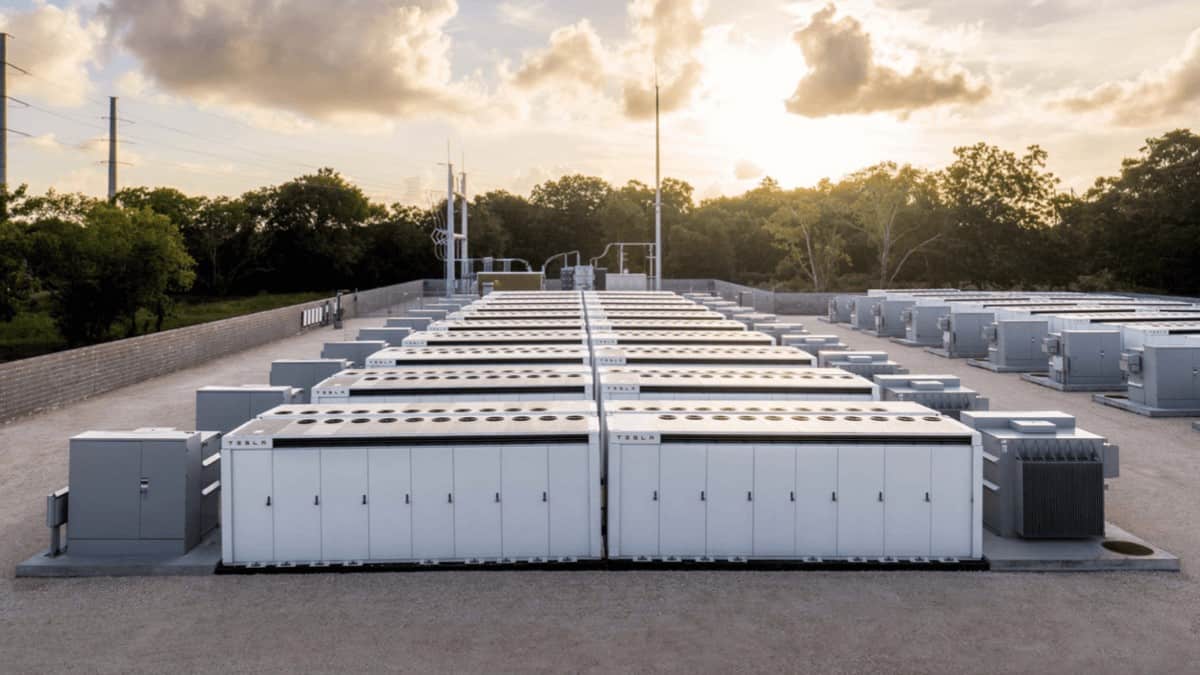Panasonic has announced that it is exploring the use of 100% renewable energy in a test site near Kyoto, Japan, through solar panels, hydrogen fuel cells, and Tesla Megapacks, as reported by Teslarati.
“This may be the biggest hydrogen consumption site in Japan. We estimate using 120 tons of hydrogen a year. As Japan produces and imports more and more hydrogen in the future, this will be a very suitable kind of plant.”
Panasonic executive Norihiko Kawamura
The Japanese multinational electronics company’s 52-hectare site in Kusatsu, Shiga Prefecture, was initially a production site for refrigerators, TVs, and washing machines since its construction in 1969. As the year went by, it expanded to enable the production of the company’s energy fuel cells.
Most notably, the company also added a sustainable power facility on its original massive facility called the H2 Kibou Field in April 2022. As per the report, the facility has a sizable 78,000-liter hydrogen fuel tank, a 495-kW hydrogen fuel cell array of 5 kW fuel cells, a storage system for 1.1 MW Li-ion batteries, and a 570 kW solar system.
How does it work?
Panasonic’s solar panels and hydrogen fuel cells produce sufficient energy, while the Tesla Megapack is expected to collect and store it. That said, the Kyoto test site would provide the energy needed to run the facility with 100% renewable energy.
“This is the first manufacturing site of its kind using 100% renewable energy. We want to expand this solution towards the creation of a decarbonized society.”
Hiroshi Kinoshita of Panasonic’s Smart Energy System Business Division
Furthermore, the Japanese tech giant also utilizes an Energy Management System (EMS) driven by artificial intelligence (AI) in the facility. It autonomously regulates on-site power generation by shifting from solar to hydrogen. With this technology, the company was able to lessen its reliance on local grid operators.
“The most important thing to make a manufacturing greener is an integrated energy system including renewable energy such as solar and wind, hydrogen, batteries and so on. To do that, the Panasonic example is close to an ideal energy system.”
Takamichi Ochi, a senior manager for climate change and energy at Deloitte Tohmatsu Consulting
Tesla Megapacks projects have been on fire recently. It will not be surprising if Tesla’s energy storage business catches up to its automotive business in the future.

